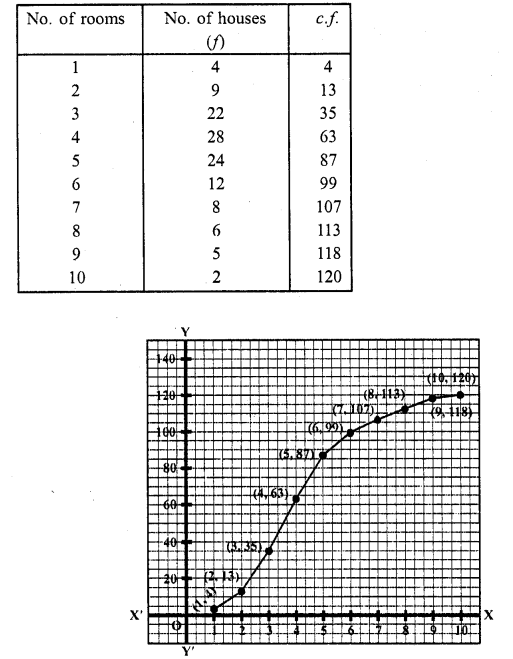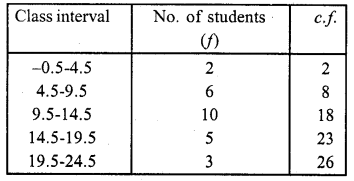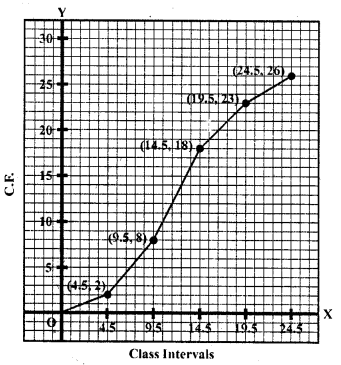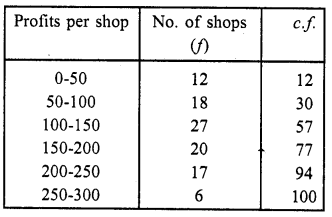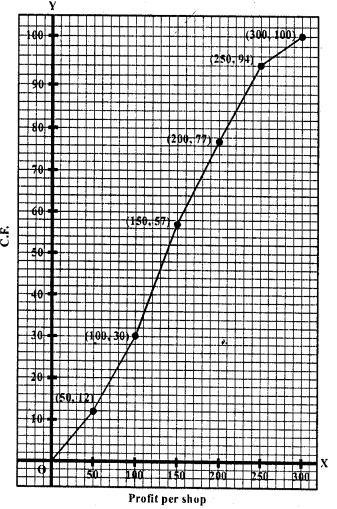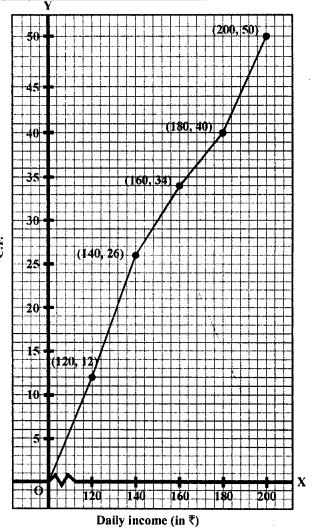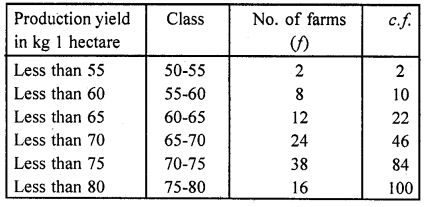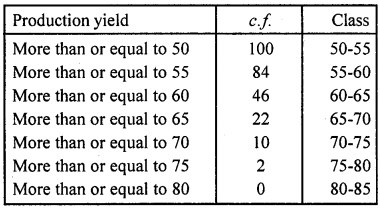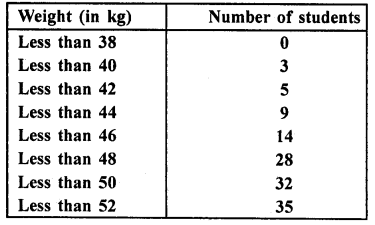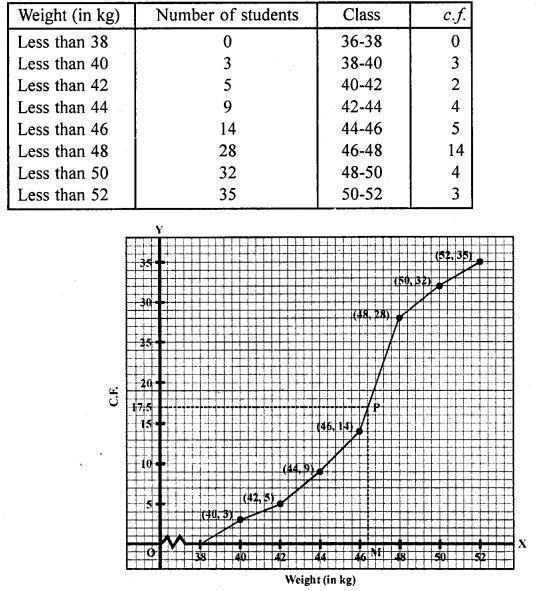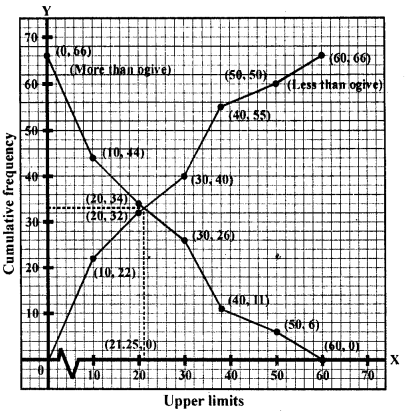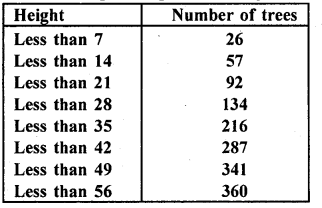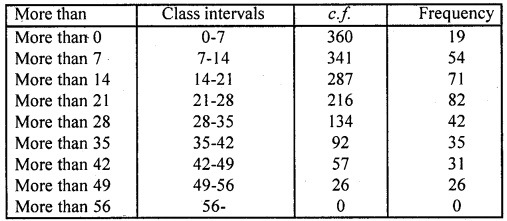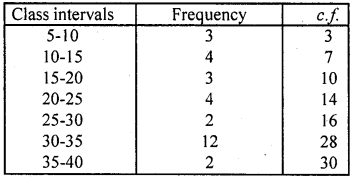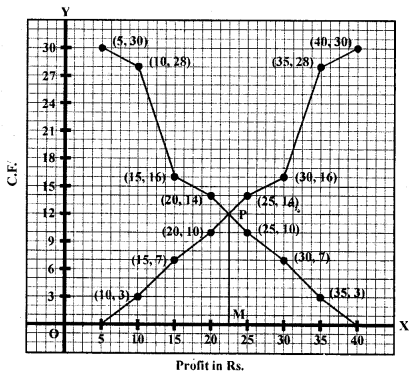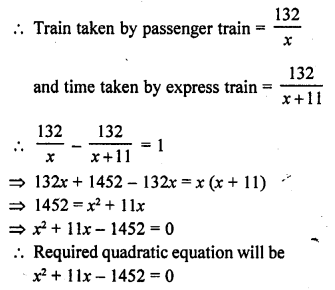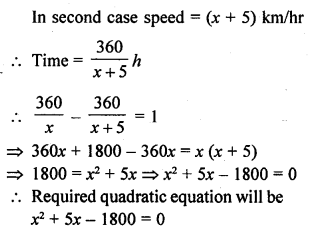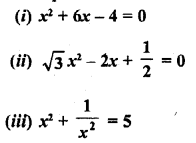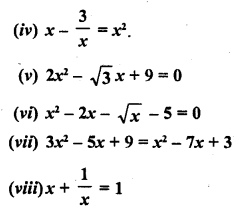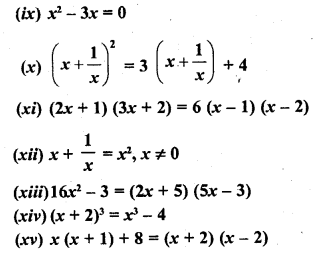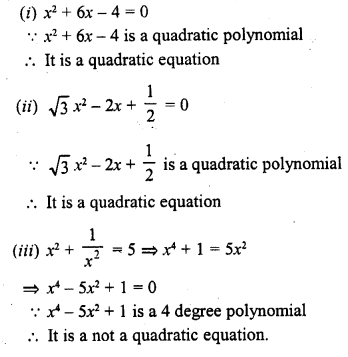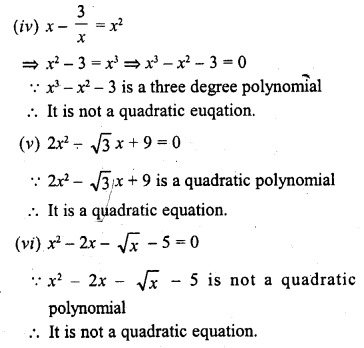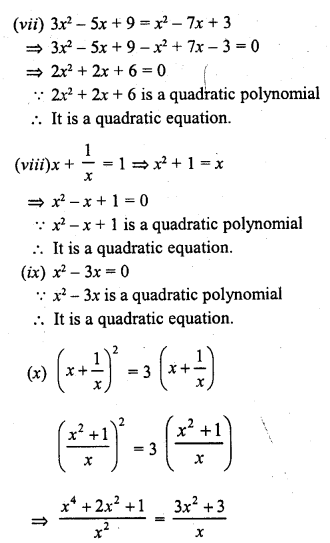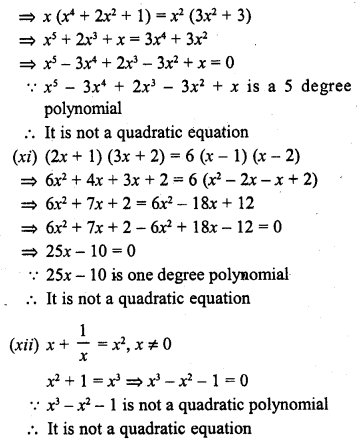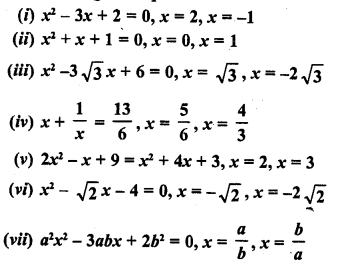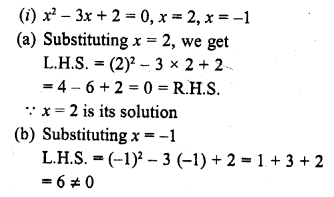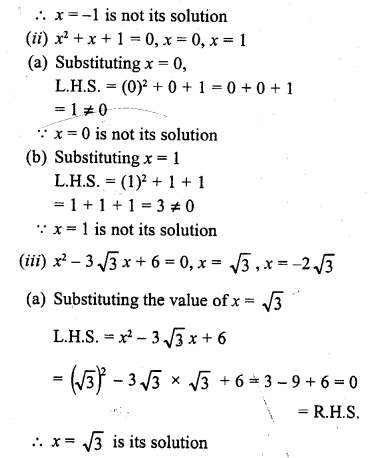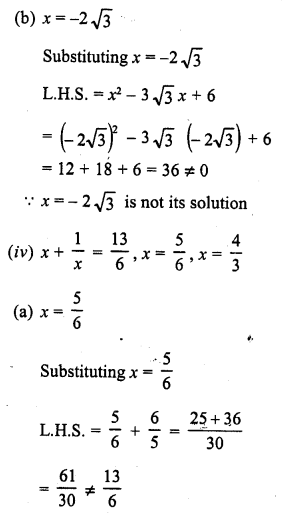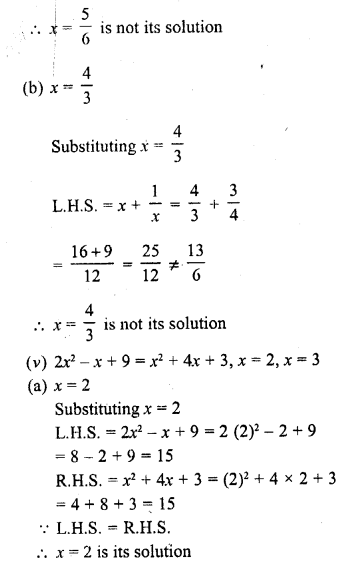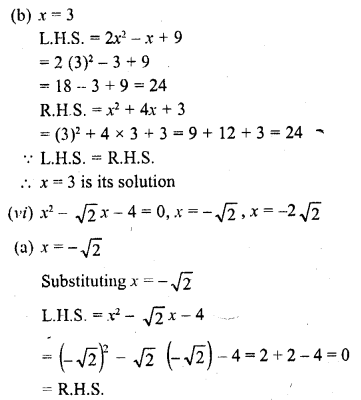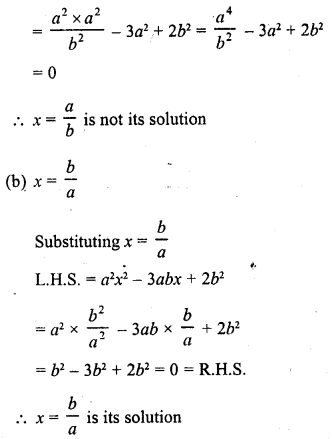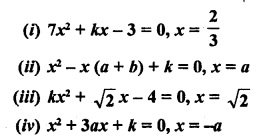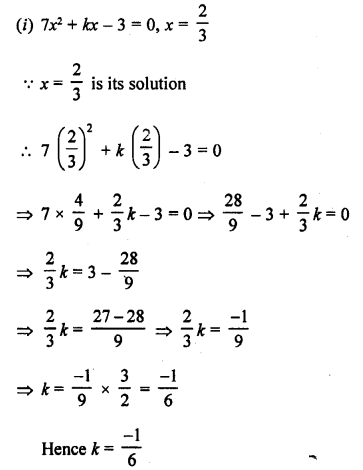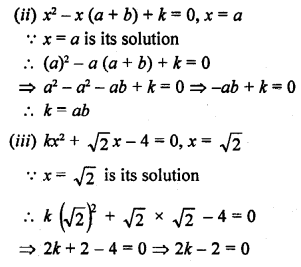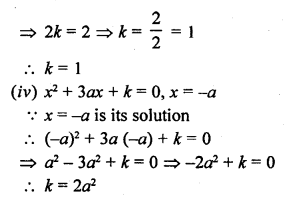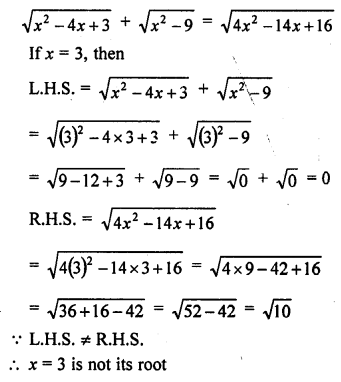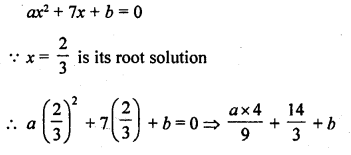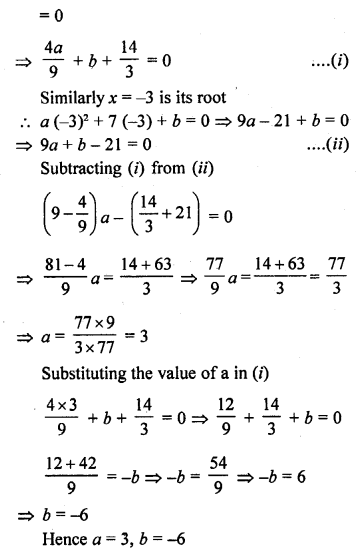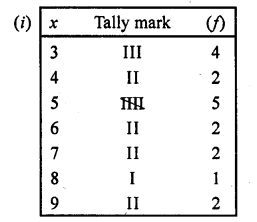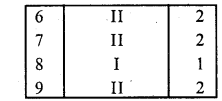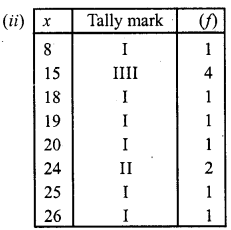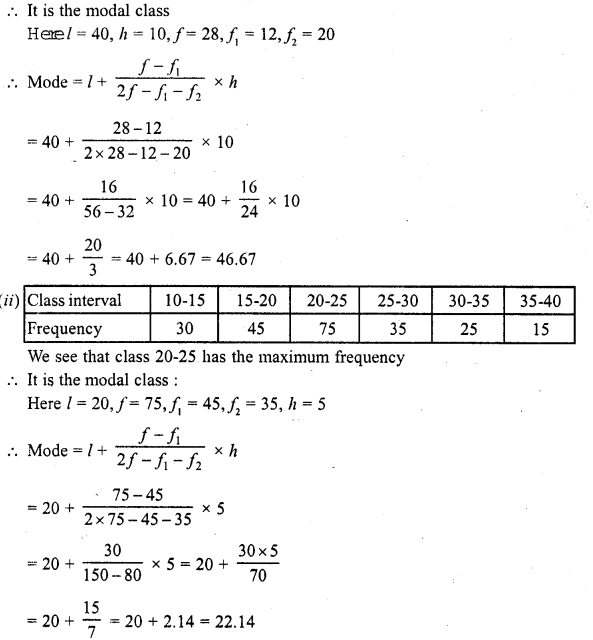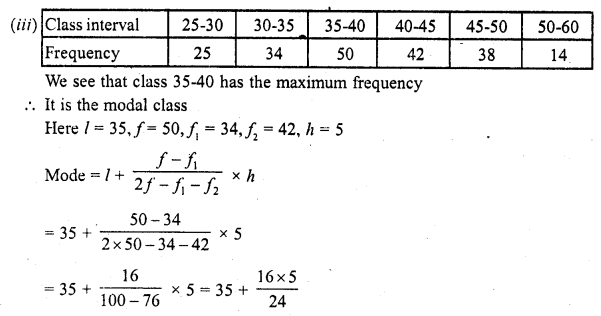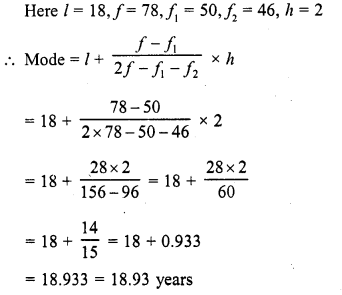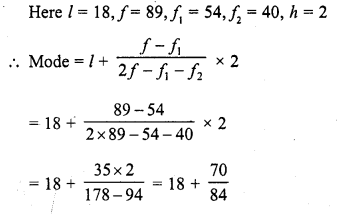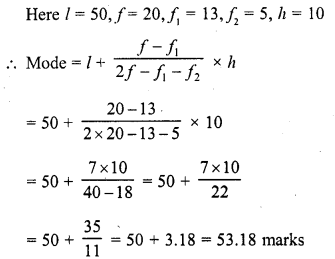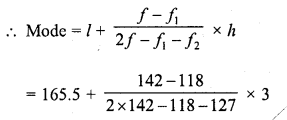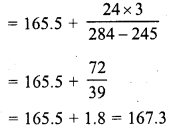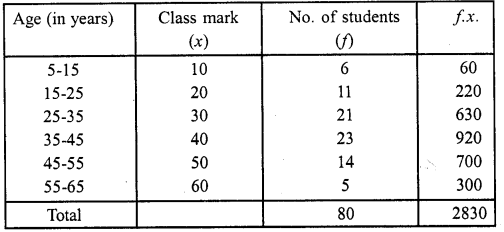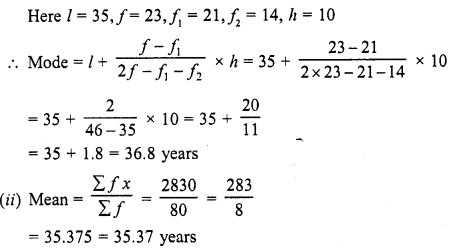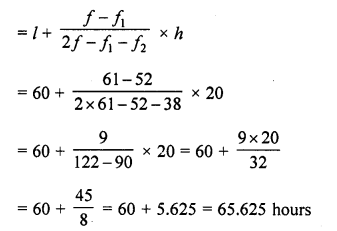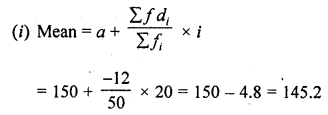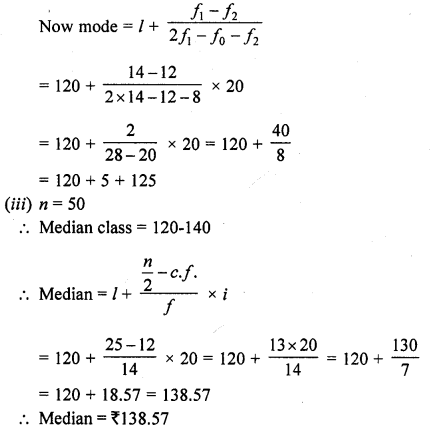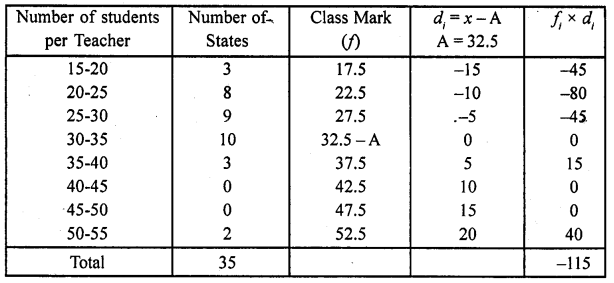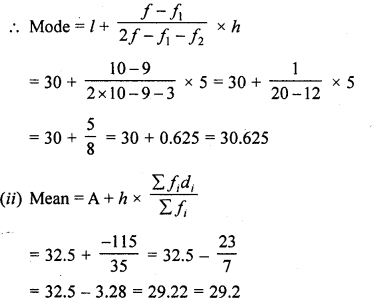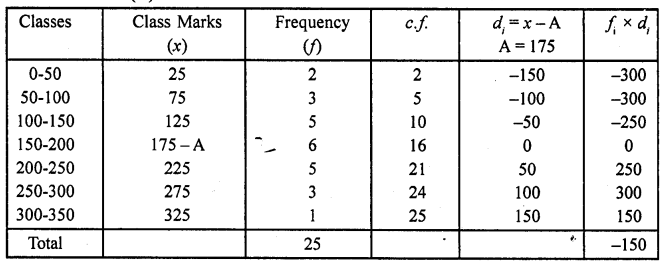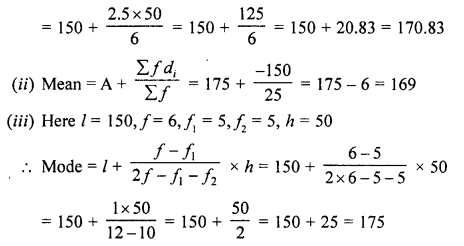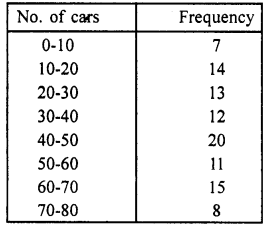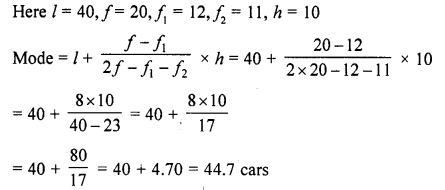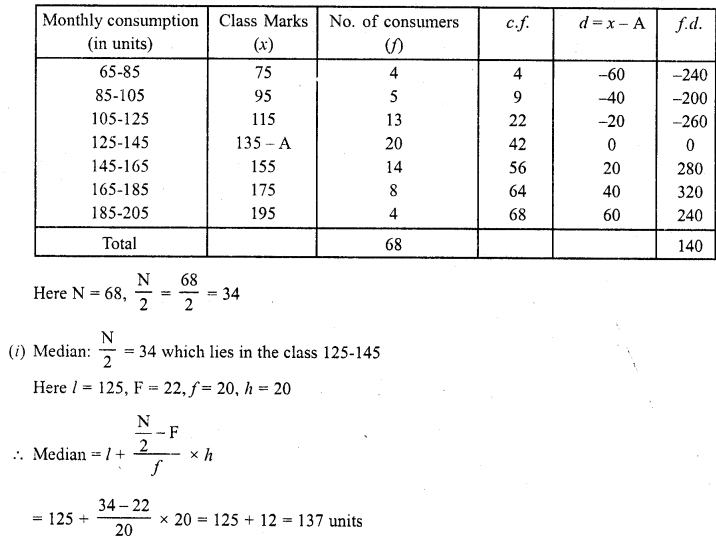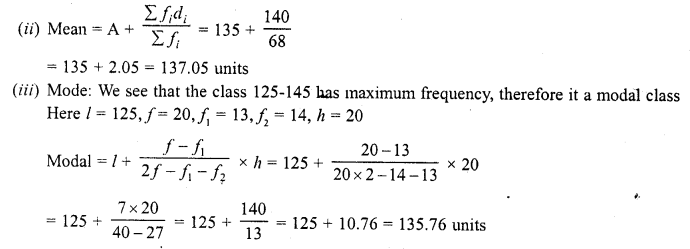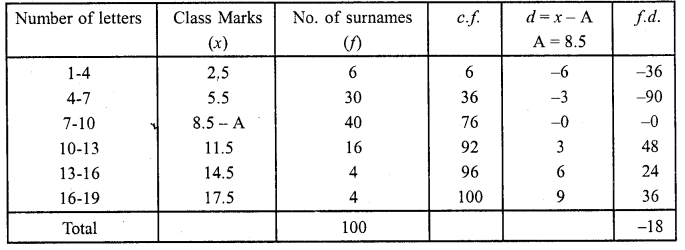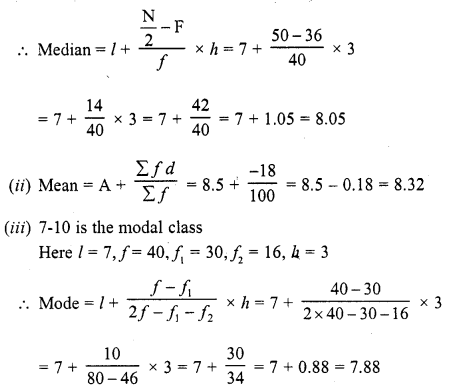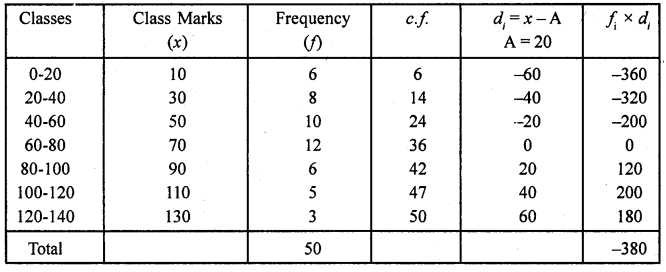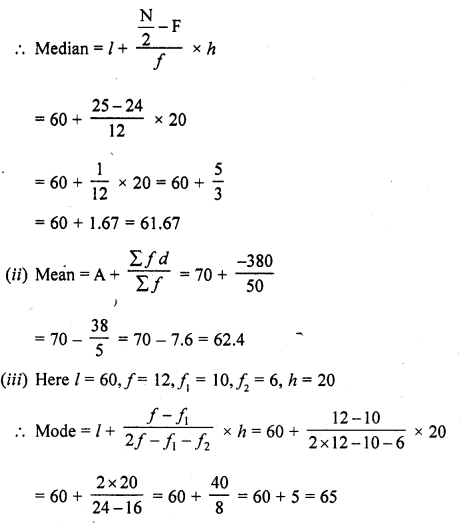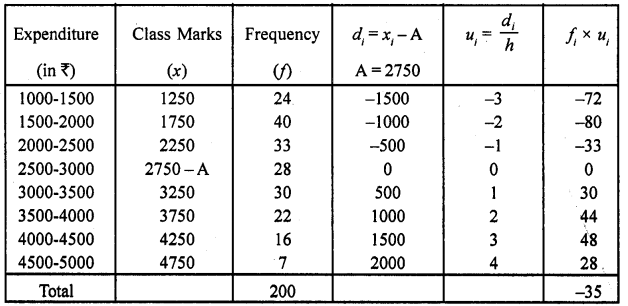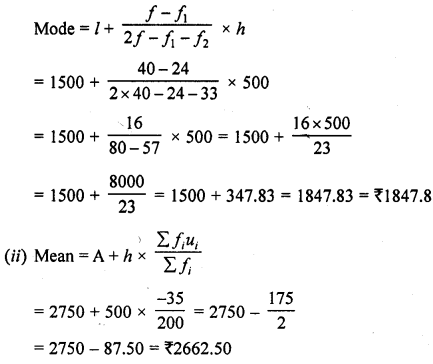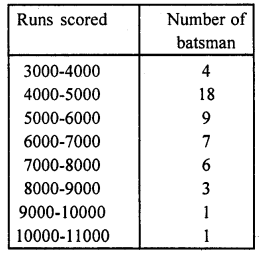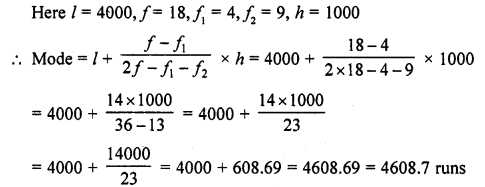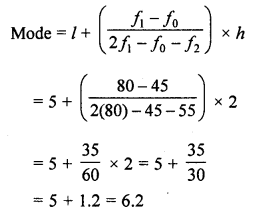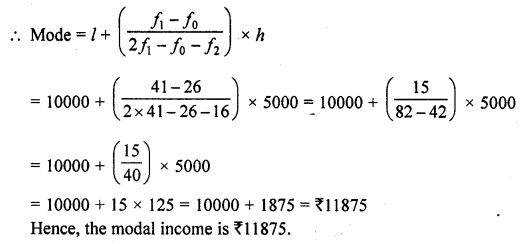RD Sharma Class 10 Solutions Chapter 4 Quadratic Equations Ex 4.3
These Solutions are part of RD Sharma Class 10 Solutions. Here we have given RD Sharma Class 10 Solutions Chapter 4 Quadratic Equations Ex 4.3. You must go through NCERT Solutions for Class 10 Maths to get better score in CBSE Board exams along with RS Aggarwal Class 10 Solutions.
Other Exercises
- RD Sharma Class 10 Solutions Chapter 4 Quadratic Equations Ex 4.1
- RD Sharma Class 10 Solutions Chapter 4 Quadratic Equations Ex 4.2
- RD Sharma Class 10 Solutions Chapter 4 Quadratic Equations Ex 4.3
- RD Sharma Class 10 Solutions Chapter 4 Quadratic Equations Ex 4.4
- RD Sharma Class 10 Solutions Chapter 4 Quadratic Equations Ex 4.5
- RD Sharma Class 10 Solutions Chapter 4 Quadratic Equations Ex 4.6
- RD Sharma Class 10 Solutions Chapter 4 Quadratic Equations Ex 4.7
- RD Sharma Class 10 Solutions Chapter 4 Quadratic Equations Ex 4.8
- RD Sharma Class 10 Solutions Chapter 4 Quadratic Equations Ex 4.9
- RD Sharma Class 10 Solutions Chapter 4 Quadratic Equations Ex 4.10
- RD Sharma Class 10 Solutions Chapter 4 Quadratic Equations Ex 4.11
- RD Sharma Class 10 Solutions Chapter 4 Quadratic Equations Ex 4.12
- RD Sharma Class 10 Solutions Chapter 4 Quadratic Equations Ex 4.13
- RD Sharma Class 10 Solutions Chapter 4 Quadratic Equations VSAQS
- RD Sharma Class 10 Solutions Chapter 4 Quadratic Equations MCQS
Solve the following quadratic equations by factorization.
Question 1.
(x – 4) (x + 2) = 0
Solution:
(x – 4) (x + 2) = 0
Either x – 4 = 0, then x = 4
or x + 2, = 0, then x = -2
Roots are x = 4, -2
Question 2.
(2x + 3) (3x – 7) = 0
Solution:
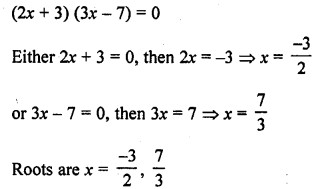
Question 3.
3x2 – 14x – 5 = 0 (C.B.S.E. 1999C)
Solution:
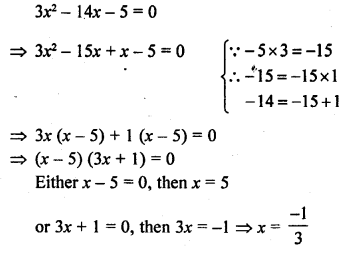
Roots are x = 5, \(\frac { -1 }{ 3 }\)
Question 4.
9x2 – 3x – 2 = 0
Solution:
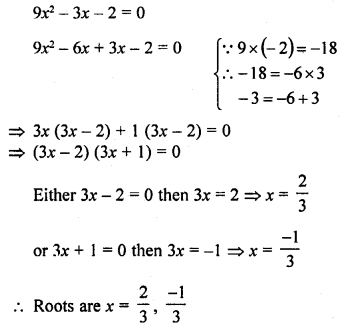
Question 5.

Solution:
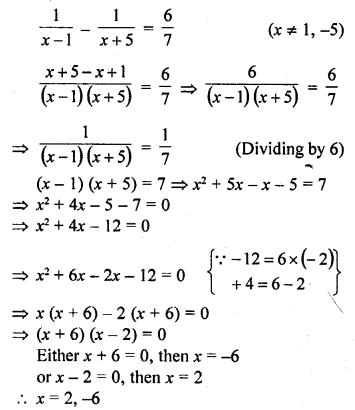
Question 6.
6x2 + 11x + 3 = 0
Solution:
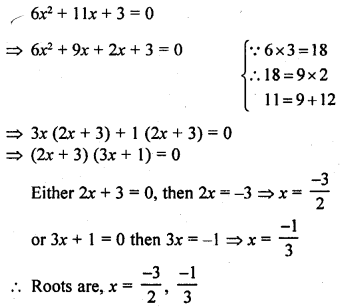
Question 7.
5x2 – 3x – 2 = 0
Solution:
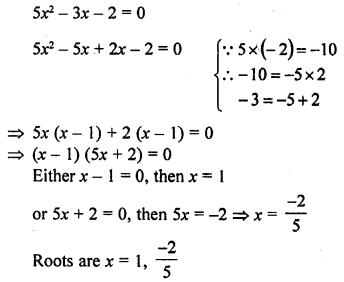
Question 8.
48x2 – 13x – 1 =0
Solution:
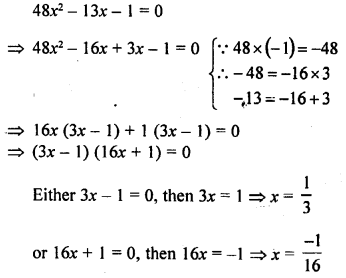
Roots are x = \(\frac { 1 }{ 3 }\) , \(\frac { -1 }{ 16 }\)
Question 9.
3x2 = – 11x – 10
Solution:
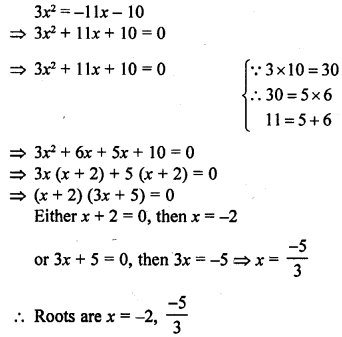
Question 10.
25x (x + 1) = -4
Solution:

Question 11.
16x – \(\frac { 10 }{ x }\) = 27 [CBSE 2014]
Solution:

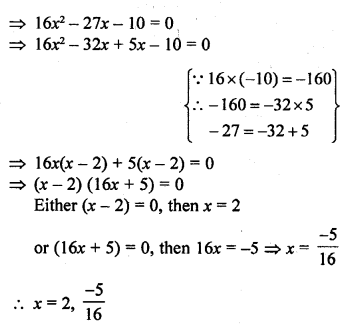
Question 12.

Solution:
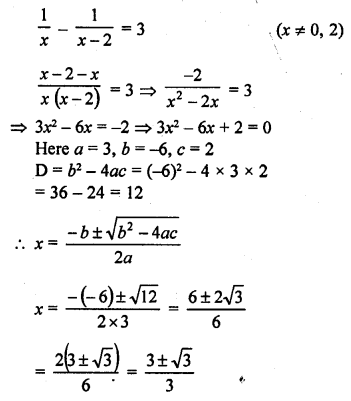
Question 13.
x – \(\frac { 1 }{ x }\) = 3, x ≠ 0 [NCERT, CBSE 2010]
Solution:

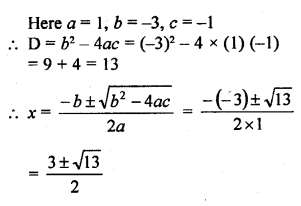
Question 14.

Solution:
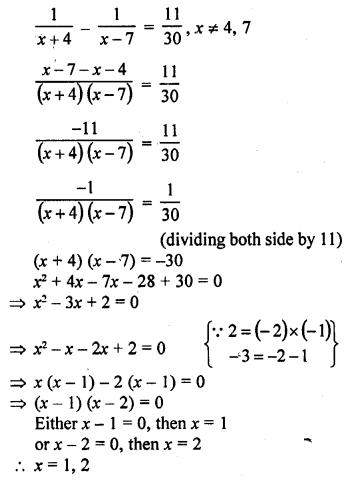
Question 15.

Solution:
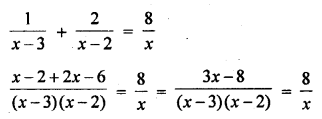
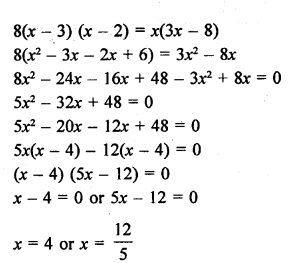
Question 16.
a2x2 – 3abx + 2b2 = 0
Solution:
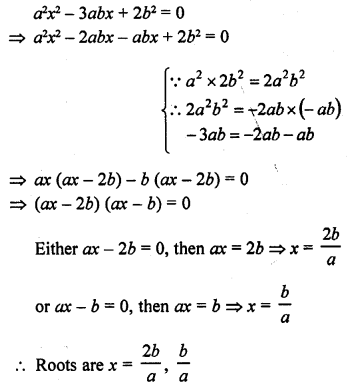
Question 17.
9x2 – 6b2x – (a4 – b4) = 0 [CBSE 2015]
Solution:
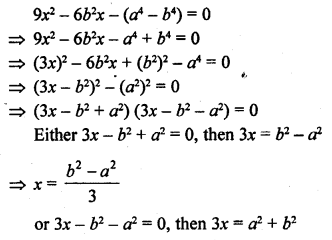
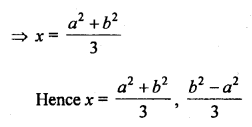
Question 18.
4x2 + 4bx – (a2 – b2) = 0
Solution:
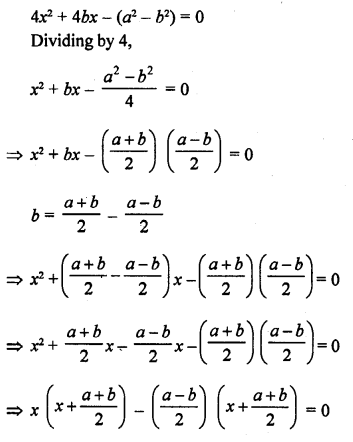
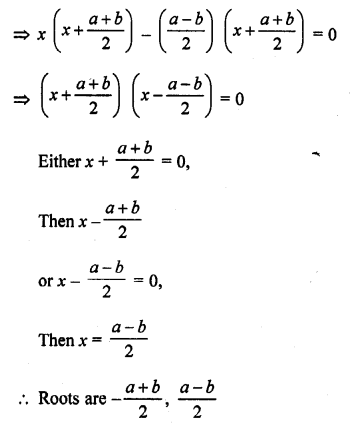
Question 19.
ax2 + (4a2 – 3b)x- 12ab = 0
Solution:
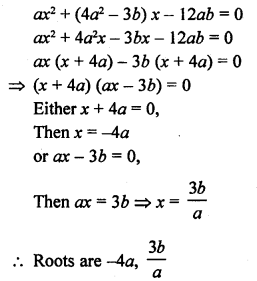
Question 20.
2x2 + ax – a2 = 0
Solution:
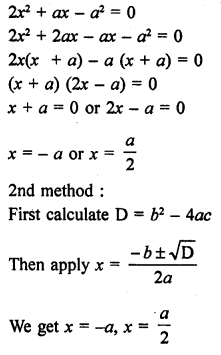
Question 21.

Solution:
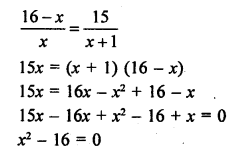
x2 = 16
x = ±4
Question 22.

Solution:
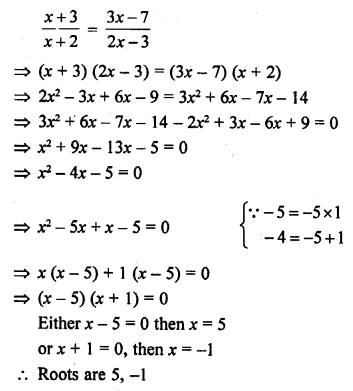
Question 23.

Solution:
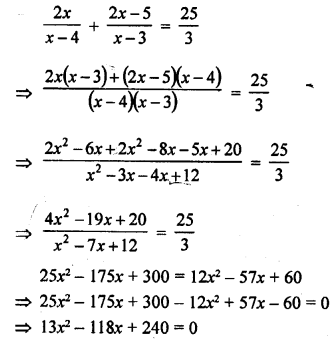
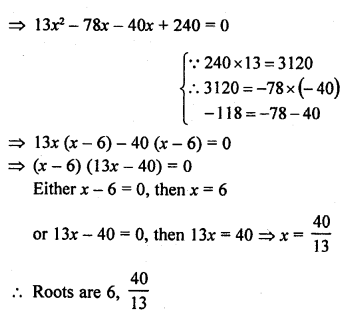
Question 24.

Solution:

Roots are 4, \(\frac { -2 }{ 9 }\)
Question 25.

Solution:
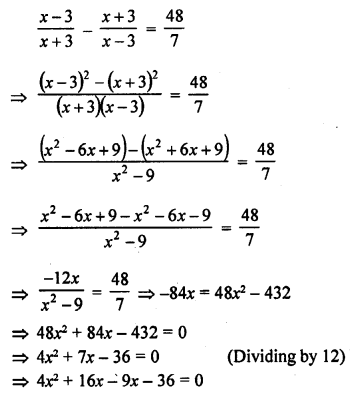
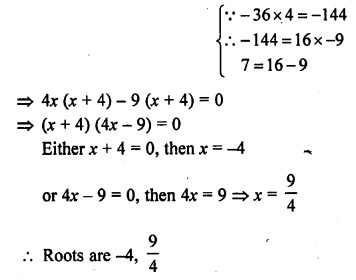
Question 26.

Solution:
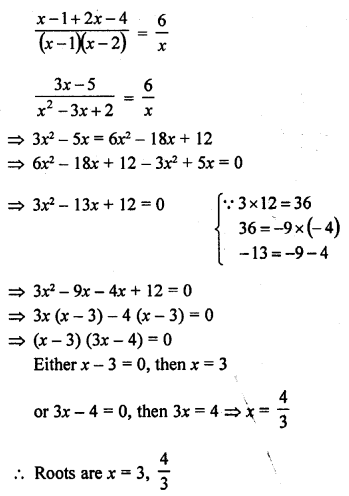
Question 27.

Solution:
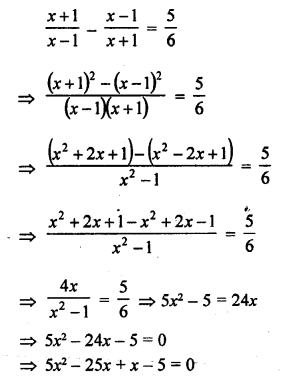

Question 28.

Solution:
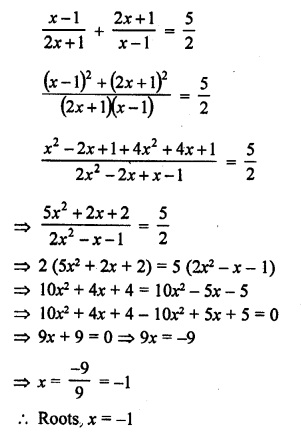
Question 29.

Solution:
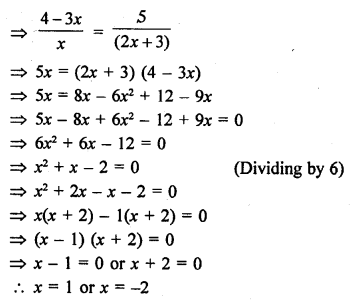
Question 30.

Solution:
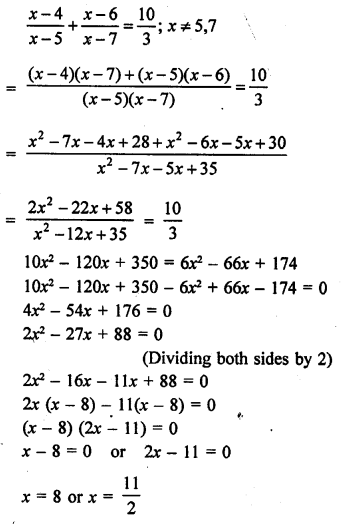
Question 31.

Solution:
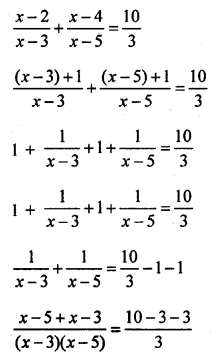
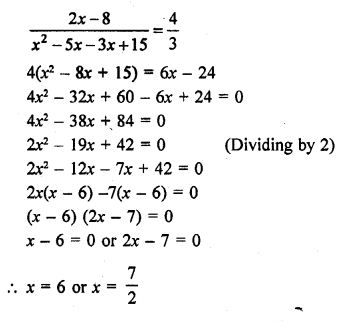
Question 32.

Solution:
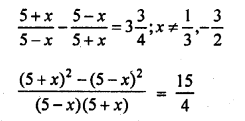
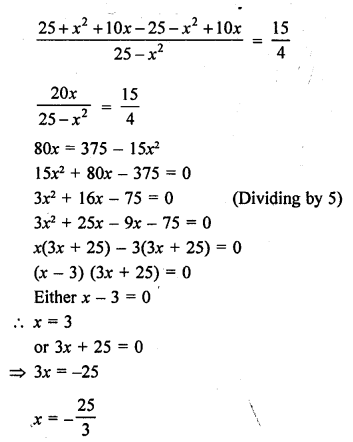
Question 33.

Solution:
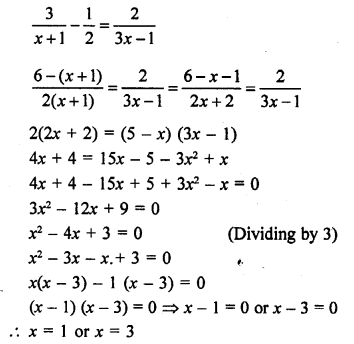
Question 34.

Solution:
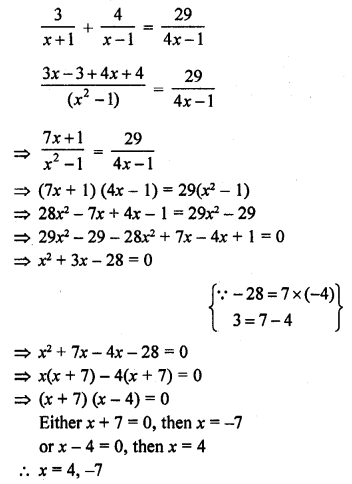
Question 35.

Solution:
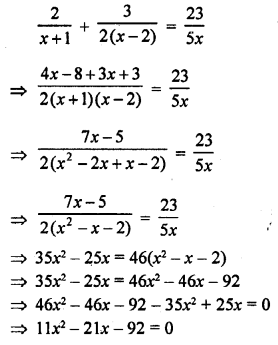
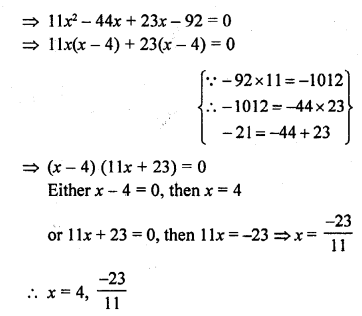
Question 36.
![]()
Solution:

Question 37.
![]()
Solution:
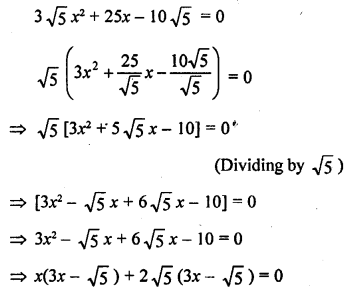
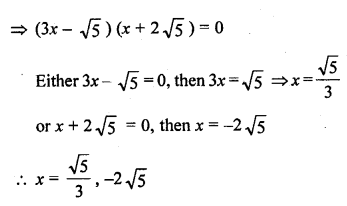
Question 38.
![]()
Solution:
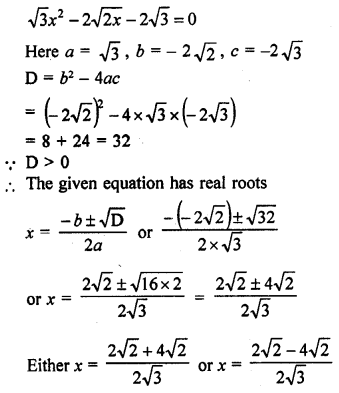
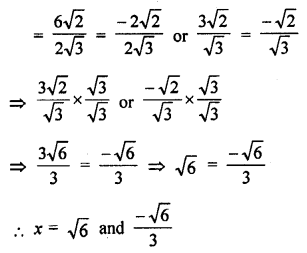
Question 39.

Solution:
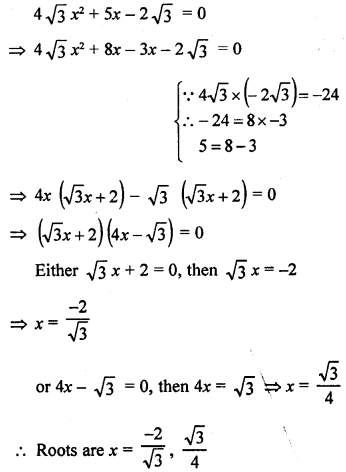
Question 40.
![]()
Solution:
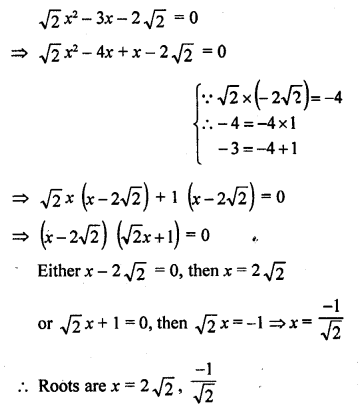
Question 41.
x² – (√2 + 1) x + √2 = 0
Solution:
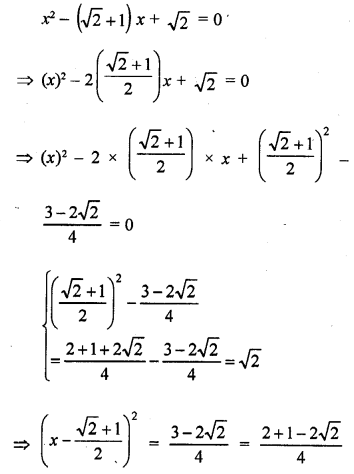
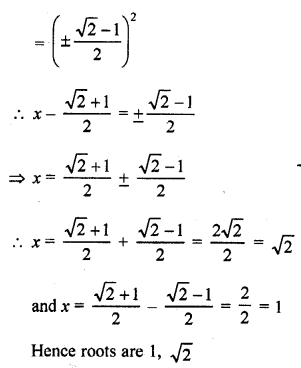
Question 42.
3x² – 2√6x + 2 = 0 [NCERT, CBSE 2010]
Solution:
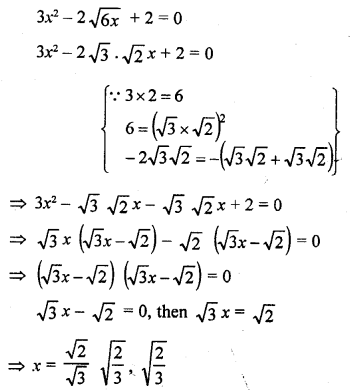
Question 43.
√2 x² + 7x + 5√2 = 0
Solution:
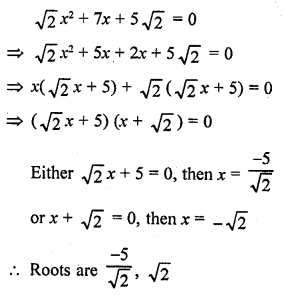
Question 44.
\(\frac { m }{ n }\) x² + \(\frac { n }{ m }\) = 1 – 2x
Solution:
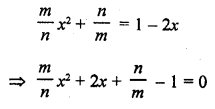
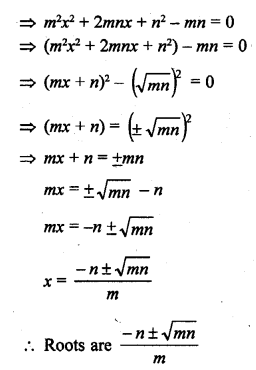
Question 45.

Solution:
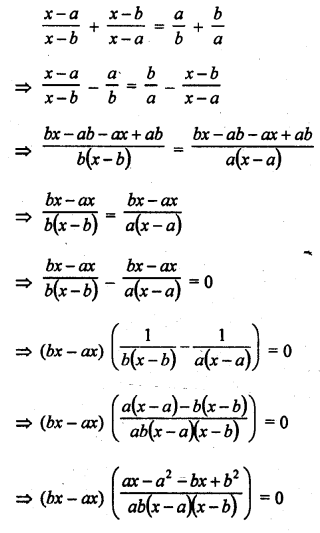
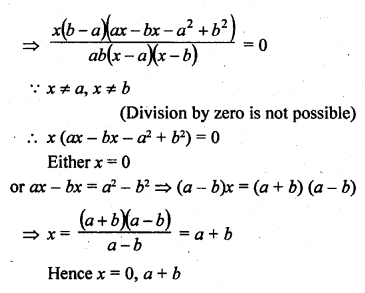
Question 46.
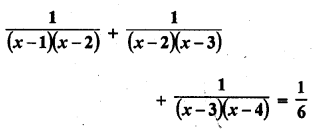
Solution:
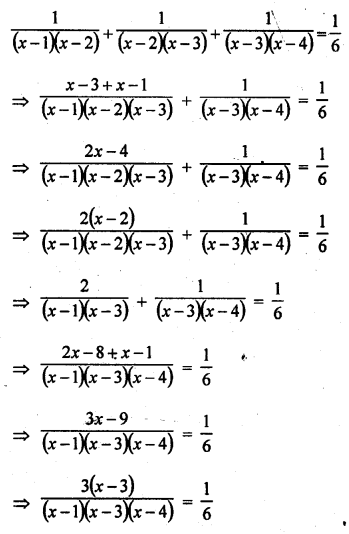
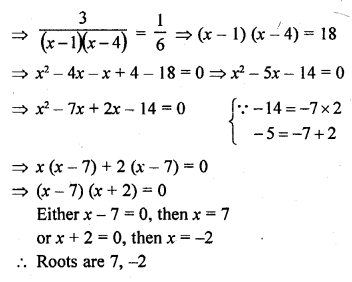
Question 47.

Solution:
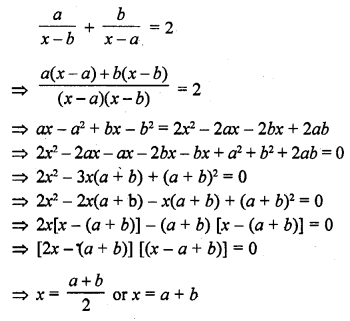
Question 48.

Solution:
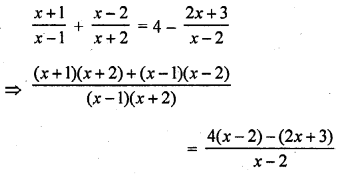
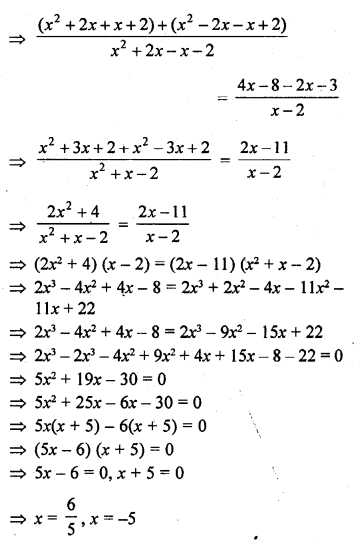
Question 49.

Solution:
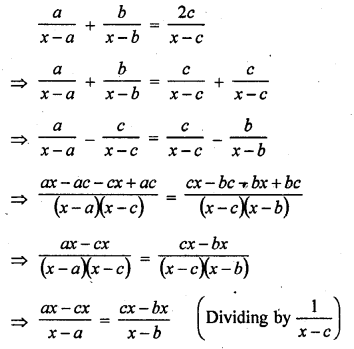

Question 50.
x² + 2ab = (2a + b) x
Solution:
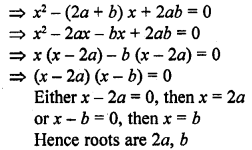
Question 51.
(a + b)2 x² – 4abx – (a – b)2 = 0
Solution:
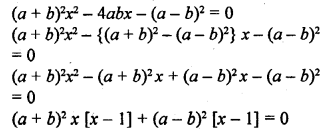
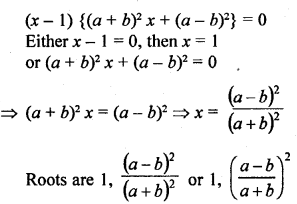
Question 52.
a (x² + 1) – x (a² + 1) = 0
Solution:
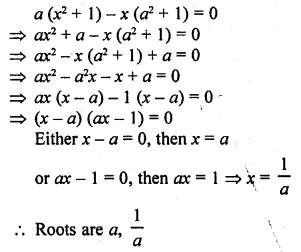
Question 53.
x² – x – a (a + 1) = 0
Solution:
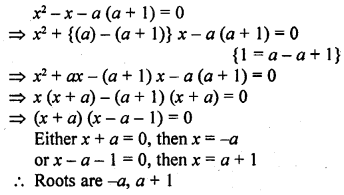
Question 54.
x² + (a + \(\frac { 1 }{ a }\)) x + 1 = 0
Solution:
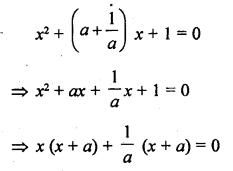
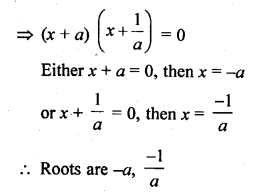
Question 55.
abx² + (b² – ac) x – bc = 0 (C.B.S.E. 2005)
Solution:
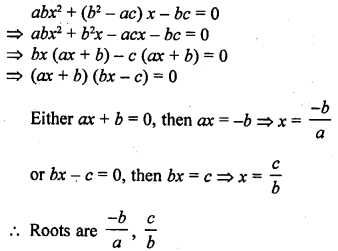
Question 56.
a²b²x² + b²x – a²x – 1 = 0 (C.B.S.E. 2005)
Solution:
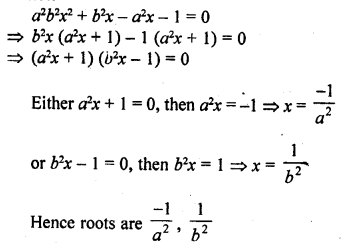
Question 57.

Solution:

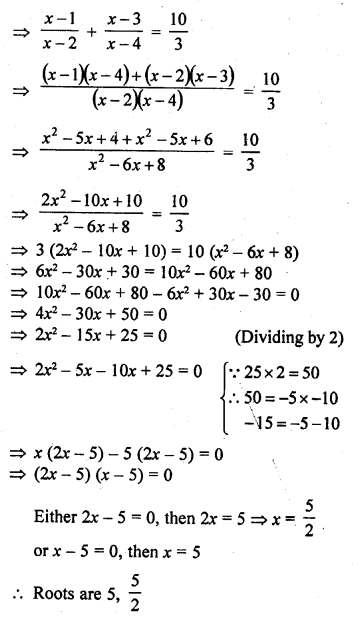
Question 58.

Solution:
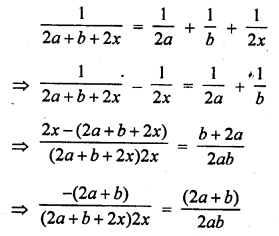
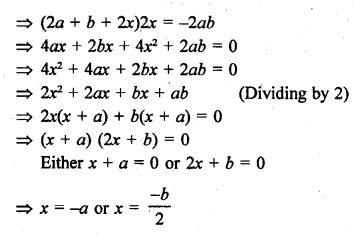
Question 59.

Solution:
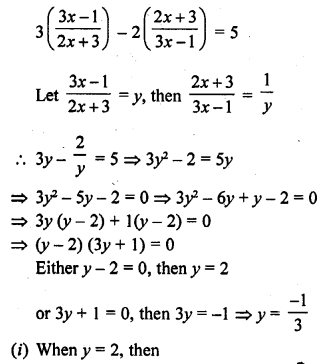
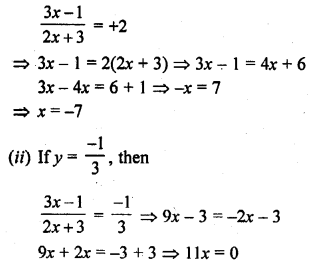
⇒ x = 0
x = 0, -7
Question 60.

Solution:
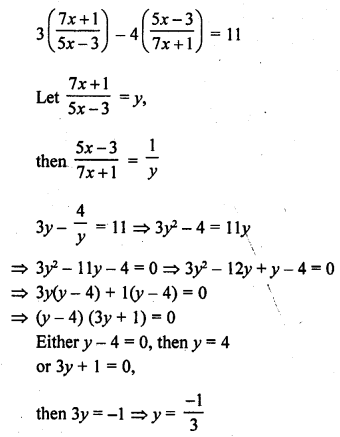
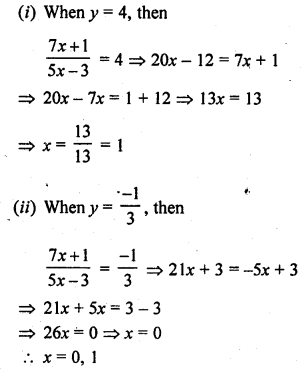
Question 61.

Solution:
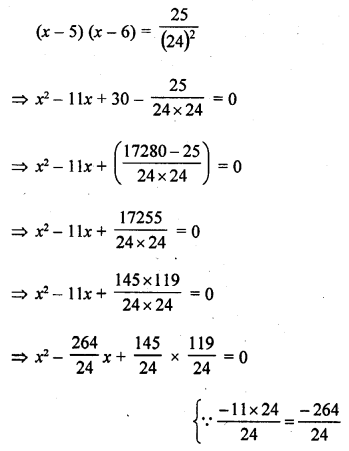
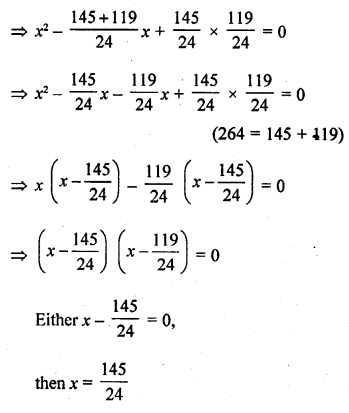
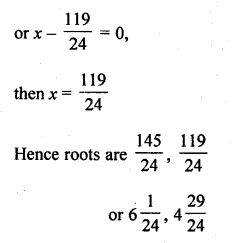
Question 62.

Solution:
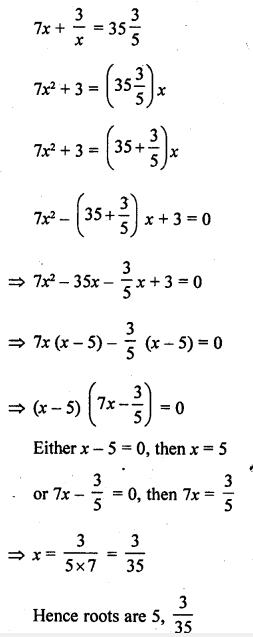
Hope given RD Sharma Class 10 Solutions Chapter 4 Quadratic Equations Ex 4.3 are helpful to complete your math homework.
If you have any doubts, please comment below. Learn Insta try to provide online math tutoring for you.

